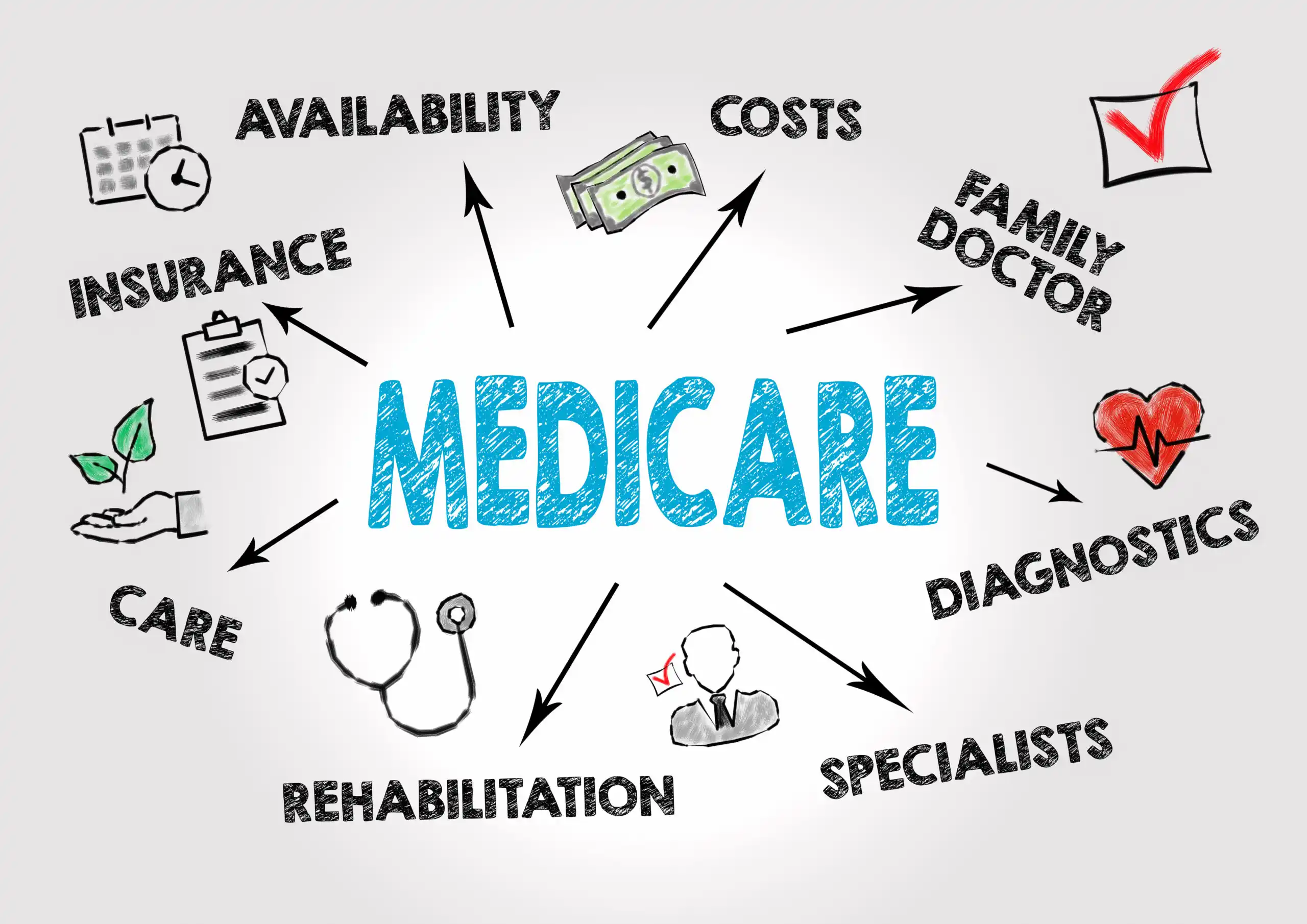Medicare Plan G is a highly regulated supplemental insurance plan for those already enrolled in Medicare Parts A and B. Purchased through private insurance companies, Plan G is an alternative to fill in some of the gaps. You see, there are some missing components in standard Medicare options. Opting for Plan G is usually cheaper than purchasing a full plan from a private insurance company.
With about 44 million Americans enrolled, Medicare provides limited healthcare for about 15% of the entire U.S. population. It’s focus is on older and disabled people. However, it’s not perfect. Medicare has some famous gaps in access and funding. People often find that Medicare alone cannot cover all of their medical costs. This is especially unfortunate, since the people most likely to be enrolled in Medicare are also the most likely to have much lower cash flow.
Medicare is typically for people 65 and older, living on retirement income, or collecting disability benefits from Social Security. They are generally prohibited from having more than $2000 in liquid savings. This means that most people on Medicare have very little low cash flow. They are also actively discouraged from saving money for emergencies, costs not covered by Medicare, or quality of life improvements. Here is where Medicare supplement plans like Plan G come in.
What Are Medicare Supplement Plans?
Medicare Supplement Plans — also known as Medigap — are additional coverage options. They can be purchased to help Medicare recipients pay for things not covered by Medicare Parts A and B. This can include things like paying the Part A deductible, copayments, excess charges, or coinsurance. They can help take the pressure off of policyholder for everything from hospital stays to hospice care.
It is important to remember that Medigap plans like Plan G are not the same as Medicare Advantage options. Medigap plans are regulated plans purchased from private insurance companies that support your original Medicare.
As of 2017, almost 13.5 million people were enrolled in Medigap plans.
How To Know If You’re Eligible
You are only eligible for Plan G if you are already receiving benefits from Medicare Parts A and B. You will begin automatically receiving Medicare Parts A and B coverage the month you turn 65. There are a few other qualifications, though. You are only eligible if you’re either a U.S. citizen or a permanent legal resident who has lived in the U.S. for at least five years. Alternatively, if you have been eligible for Social Security disability benefits for at least 24 months (or have permanent kidney failure), you will also automatically be enrolled in Parts A & B.
In short, if you are able to join Parts A and B, you will be able to sign up for a Plan G plan.
What Does It Cover?
The great thing about Medicare Plan G is that it covers the same things, no matter which company you purchase it from. That makes is very simple if you’re looking for extra healthcare coverage. Plan G includes the following coverages.
- Hospital costs and coinsurance up to 365 days after your Part A coverage runs out.
- Part B copayment or coinsurance.
- Coinsurance or copayment for hospice care.
- Nursing facility care.
- Part B excess charge.
- Part A deductible.
Some other benefits are included too. For example, pints of blood for medical procedures and some portion of foreign travel for medical purposes. However, the core benefits are the ones we just listed. No matter where you purchase your Plan G coverage from, it will include all of these benefits.
What Does It Not Cover?
Medicare Plan G does have certain limits. It does not cover prescription drugs, glasses or contacts, hearing aids, or long-term care. In order to get coverage for these things, you will need to purchase other plans. For prescription drug coverage, you will need to have Medicare Advantage. However, please keep in mind that these plans do not always cover every possible prescription. Make sure you pay attention to the specific plan you are interested in signing up for.
What Does Medicare Plan G Cost?
The cost of Medicare Plan G will depend on a few factors. For example, different companies will charge different premiums for it. Where you live will also play a part in the overall price you pay. Like most other kinds of insurance, factors like your general health and age will also come into play. Under typical circumstances, though, Plan G costs between $100 and $200 in monthly premiums.
 Shutterstock
Shutterstock







